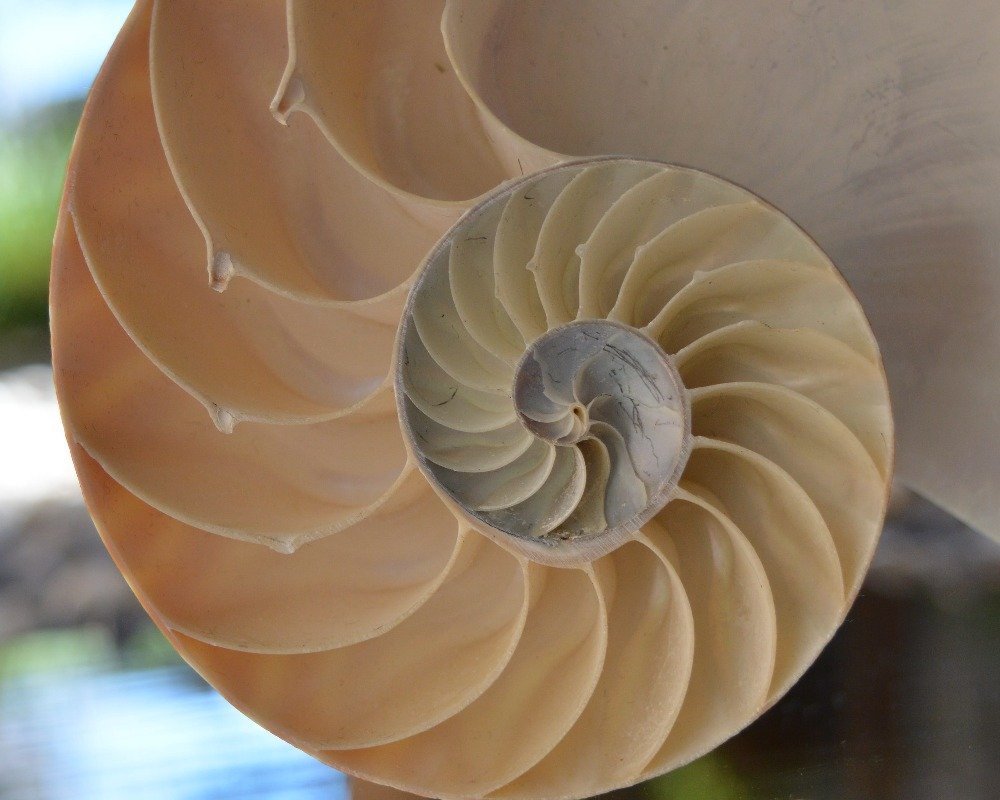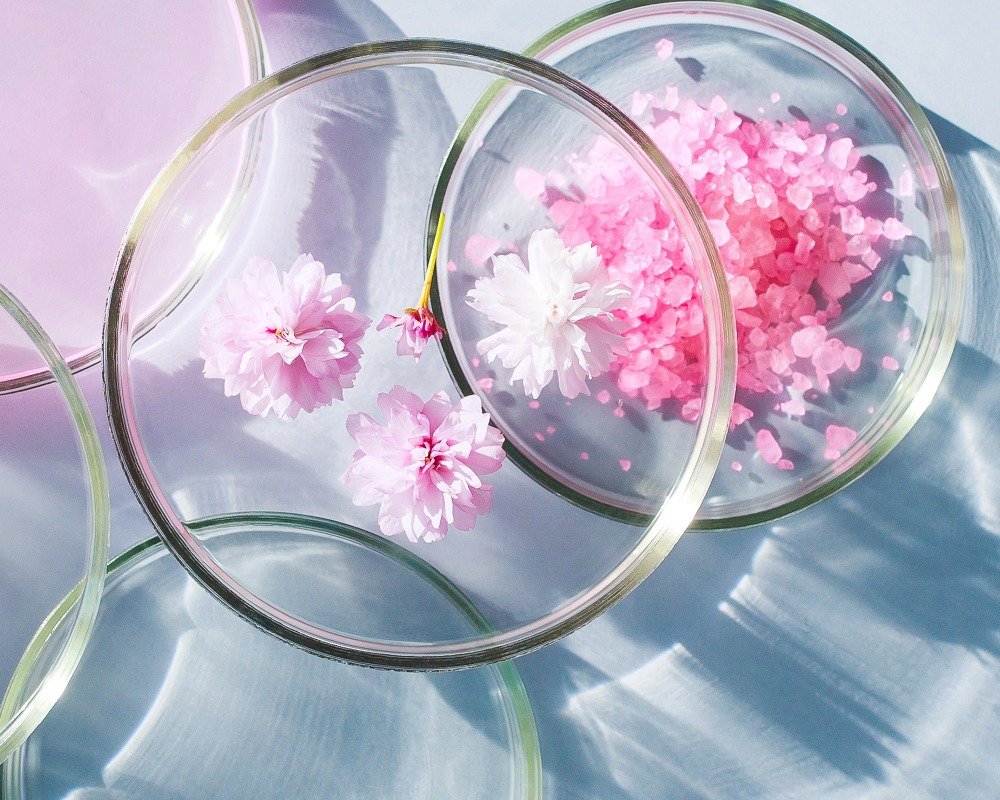In early childhood education, there is often talk about creating aesthetically pleasing spaces for children. However, developing an aesthetic lens and digging deeper into what aesthetics truly means and why it’s crucial for developing young minds is essential.
With an emerging interest in Reggio Emilia-inspired spaces, there is an increase in conversations about what is considered aesthetically pleasing. The Reggio Emilia approach, originating from the town of Reggio Emilia in Italy, emphasizes the importance of the environment as the ‘third teacher ‘. This means that the physical space, along with the educators and the children themselves, plays a crucial role in the learning process.
People design what they believe to be beautiful spaces, often at the expense of understanding the context and culture of the people inhabiting them. As educators, we are responsible for ensuring that the aesthetic spaces we create are visually appealing and representative of the children’s culture and community context, as this is essential to creating a sense of belonging and increasing engagement. Educators must redefine their aesthetics lens and develop a clear vision of beauty and function.
What is Aesthetics?
Aesthetics is the philosophical study of beauty and taste. It’s not just about making things look “pretty”; it’s about creating environments that engage the senses and foster an emotional connection with the space. According to Immanuel Kant, beauty lies in the eye of the beholder, shaped by individual perception rather than universal standards.
This means that each child, with their unique sensory and perceptual experiences, interacts differently with their surroundings, shaping their own idea of what is beautiful. As educators, we are responsible for creating species where children can see and develop their own understanding and perception of what is beautiful and not impose our individual interpretations of beauty. In order to design beautiful spaces, we must develop and aesthetic lens.
Our aesthetic world is vast and rich in sensory and cultural messages. The experience children bring into the ecosystem influences the aesthetic values of the space: the shapes and lines, the rhythms and wave patterns of sound, light and shadow, pattern and texture, temperature, motion, force, volume, and depth. In other words, the aesthetics of the environment are rich in sensory values. They exist in the moment and time. They are robust in cultural and natural patterns and meanings, profoundly connecting us to our surroundings. These elements give the perception of the ecosystem a thick texture that engages and supports children with diverse abilities (Arnold, B. 1992.)
In his book Art as Experience, John Dewey argues that each aesthetic experience builds into the next. They are an intense accumulation of emotions and perceptions of the moment. An aesthetic experience has a sense of rhythm and internal momentum. In John Dewey’s theory, the aesthetic experience is present in every part of human life. Following Dewey’s theory, I see the relevance of aesthetics as an integral part of what children must experience in the ecosystem. The aesthetic experience is found in an intentionally designed space where children can connect their experiences as they explore the sensory textures of the space. Using our personal perceptions and experiences, we can develop and aesthetic lens.
An Educator’s Aesthetics Lens
As a professor in teacher preparation programs, I have stressed the importance of using and aesthetics in early childhood ecosystems. Yet, I failed to define it and increase my students’ aesthetic lense. People have different views of what aesthetics means. Most of my students argued that the meaning of beauty is personal. I have since spent time reflecting on how there needs to be more understanding of aesthetic sensibility and a clear aesthetic lens when designing spaces for children and how I can engage educators in developing an aesthetic lens.
Before defining aesthetics for young children, we must define what it means. We must also develop an aesthetic lens. In the book Your Brain on Art: How the Art Transforms Us, authors Susan Magsamen and Ivy Ross introduce the concept of an aesthetic mindset. You need a deep awareness of the arts and aesthetics around you and how you bring them into your life with purpose. Those who have an aesthetic mindset share four key attributes: (1) a high level of curiosity, (2) a love of playful, open-ended exploration, (3) keen sensory awareness, and (4) a drive to engage in creative activities as a maker and/or beholder (Magsamen and Ross, 2023. p. 6.)
Why is an Aesthetic Lens Important When Designing Early Childhood Ecosystems?

Unifies Function and Beauty
Aesthetics isn’t just an add-on; it integrates seamlessly with functionality. A well-designed space can unify function, beauty, application, theory, and practice. For instance, a classroom with natural light, soft colors, and varied textures can make everyday activities like reading or playing more engaging and enjoyable.
Promotes Inclusion
Aesthetic environments engage children in action and interaction, promoting inclusion. Children enter a beautifully designed space and are encouraged to explore, interact, and participate fully, regardless of their abilities. This sensory engagement can be particularly beneficial for children with diverse abilities.
Enhances Sensory and Perceptual Involvement
Children experience the world through their senses. Aesthetic environments stimulate these senses and encourage full sensory and perceptual involvement. Light, sound, color, texture, space, volume, and natural elements contribute to a rich sensory experience. This sensory engagement helps children develop a deeper awareness and appreciation of their surroundings.
Represents the Cultural values of the Community
Each Community has a way of expressing its cultural values. Artistic authentic and contextual representations add a cultural dimension to the space’s aesthetics. Engaging in conversations that deepen one’s understanding of the Community’s artistic values is not just important, but also a sign of respect and appreciation for diversity.
Ten Ways to Develop an Aesthetic Lens

Developing an aesthetic lens is not a passive process but one in which we, as educators, play a crucial role. To truly value the importance of aesthetics, we must actively engage with the visual and performing arts, visit museums, attend music and theatre performances, and explore different art media. This active engagement fosters authentic curiosity about cultural values and representations and develops a profound appreciation for the beauty of nature while developing an aesthetic lens.
- Visit a museum and spend time strolling the space.
- What do you feel?
- What do you see?
- What do you notice (smells, sounds, visuals, textures, lighting.)
- What specific works of art capture your interest? Why?
2. Take an art appreciation class.
- What did you learn?
- What engaged your curiosity? Why?
3. Spend time exploring different art media (clay, watercolor, collage, ink, pastels). This is a journey of discovery and creativity, where each medium offers a unique experience and a chance to express your artistic sensibility.
- What media captures your interest?
- What do you notice about each media’s textures, colors, fluidity, and applicability?
4. Go on a photographic excursion
- Photograph different items in nature both afar and up close
- Photograph buildings and different structures
- Photograph items that capture your attention
- Analyze the photograph and notice:
- Notice how your aesthetic lens guides the process.
5. Explore the elements of art and design
- Photograph and think with a line designed by Cathy Weisman Topal.
- Paint with only dots. Study Pointillism A painting technique developed by French artists Georges-Pierre Seurat and Paul Signac
- Explore color theory with Josef Albers.
- Walk around a monumental sculpture and notice the form.
- Take a walk in nature and notice the colors and textures.
- Explore the architectural features of a building.
- Interview an artist. Learn about their process and inspirations.
- Create a texture collage.
6. Take an art class
- Allow yourself to relax and engage in the creative process.
- Go to a ceramic studio and paint a bowl or cup.
7. Create a Loose Parts ephemeral art
- Mandala
- Mural
- Danmala (nature mandala)
- Focus on the process and relish the moment when you deconstruct the artwork.
8. Interview artists or artisans to learn about their inspiration and creative process. Research their Work and learn about their history and life journey. Feel the sense of wonder and inspiration as you delve into their creative process and the stories behind their masterpieces.
9. Start an Artist Journal and Witness Personal Growth Start an Artist Journal.
- Express your ideas and thoughts through collage, paint media, and writing.
- Notice how your artistic skills and creative thinking evolve over time, fostering a sense of accomplishment and personal growth.
10. Attend a play, symphony, or performing arts presentation.
Now that you have developed an aesthetic lens, you can incorporate aesthetic elements into the early childhood ecosystem. This can be done by incorporating natural elements, using color thoughtfully, playing with light and shadow, varying textures, creating zones, displaying artwork, incorporating soundscapes, including moveable elements, fostering a connection with the outdoors, and encouraging personalization.
10 Ways to Incorporate an Aesthetic Lens in Early Childhood Spaces

1. Foster Connection with the Outdoors
- Whenever possible, design spaces that are directly connected to the outdoors. This can include windows with views of nature, doors that open to outdoor play areas, or even indoor gardens.
- Natural materials like wood, plants, and stones create a calming and grounding environment. Natural elements can help children connect to the earth and enhance their sensory experiences.
2. Use Color Thoughtfully
- Colors can influence mood and behavior. Use a balanced palette with vibrant and calming colors to create a dynamic yet soothing environment.
3. Play with Light and Shadow
- Natural light can make a space feel more open and welcoming. To maximize natural light, use windows, skylights, and reflective surfaces. Incorporate elements that create exciting shadows, adding depth and visual interest.
4, Vary Textures
- Incorporate a variety of textures through furniture, fabrics, and wall coverings. Different textures can stimulate touch and add a tactile dimension to the space.
5. Create Zones
- Designate different areas for different exploration, such as reading, playing, and resting. Clear zones can help children understand and follow routines, enhancing the space’s functionality.
6. Display Artworks
- Showcase children’s artwork and other visual stimuli at their eye level. This makes the space more visually appealing and gives children a sense of pride and ownership.
7. Incorporate Soundscapes
- Use gentle, ambient sounds like nature recordings to create a soothing auditory environment. Avoid harsh or jarring noises, which can be unsettling for young children.
8. Include Moveable Elements
- Flexible, moveable elements like cushions, rugs, and lightweight furniture allow children to modify their environment to suit their needs, fostering a sense of autonomy and creativity.
9. Encourage Personalization
- Allow children to personalize their spaces. Personalization makes the space feel more welcoming and engaging, Whether through their artwork, favorite books, or small personal items.
10. Incorporate Authentic Representation of Cultural Values
- Display art, photographs, music and books that authentically represent the children in the ecosystem.
Developing an aesthetic lens in early childhood education is not just about making spaces look good; it’s about creating environments that welcome children into a world of beauty, function, and inclusivity. By focusing on children’s sensory and perceptual experiences, we can design spaces that meet their needs and inspire them to explore, learn, and grow.
Ready to transform your classroom into an inspiring, aesthetically pleasing space? Contact us for a free conversation and design and training possibilities.